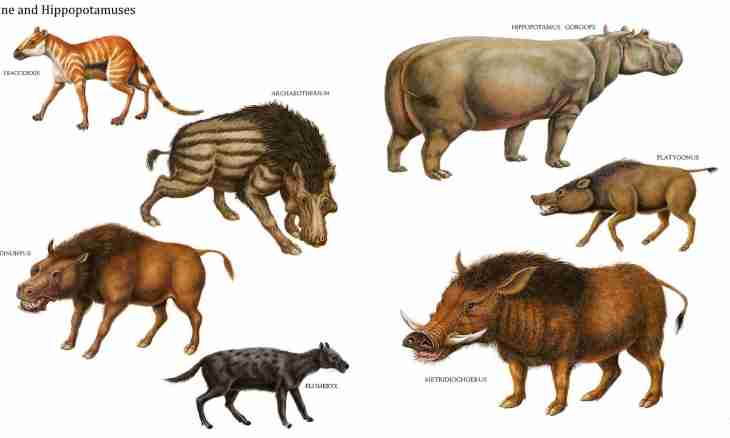Jean Baptiste Lamarck is the scientist-scientist who devoted life to science. Made a huge contribution to botany, zoology and geology. Created the first theory of evolution of the living world.
The founder of the theory of evolution Jean Baptiste Lamarck was born in France in 1744, lived long life and died in poverty in 1829.
Biography and scientific activity
The scientist made a big contribution to development of natural sciences. Having graduated from Jesuit college, having participated in seven years' war where proved to be the brave soldier and having served to an officer rank, Jean Baptiste Lamarck decided to become a physician, but having studied in Paris some time, was fond of botany. At the age of 34 years he published the three-volume edition ""French Flora"", having laid the foundation for systematization of plants. The principles used in the third volume - determinant of plants, are used still. Since 1803 he began to publish the works ""Natural History of Plants"". In total 15 volumes were published.
After the Great French revolution at fifty-year age because of the reorganization which happened because of change of a system, Lamarck became professor of department of zoology. Despite age he very quickly trained for a new profession. In several years released the seven-volume work ""Natural History of Invertebrates"" which last volume left in 1822 where systematized and described all types and childbirth of invertebrates known at that time. At last in 1809 it released the work ""Zoology Philosophy"" - this work of Lamarck where he also stated the vision of evolution of animals and plants.
Theory of evolution of plants and animals
For the time the theory of evolution of Lamarck was rather progressive, though not absolutely correct from our point of view. It was accepted in scientific community even many years not at once later. Initially even Charles Darwin did not treat seriously the work ""Zoology Philosophy"". But, in fact Lamarck was in one step from modern representations: formulated an essence of transformation of one organic form in another, formulated the law of natural selection and the principle of artificial selection, determined driving forces of evolution.
Lamarck assumed that change of the environment leads to change of a look. It forces an animal to change habits and to practise repeatedly that changes the structure of a body. Therefore the training bodies adapt to changes of the environment and it is fixed and transferred to posterity. Lamarck cited as an example the mole who lost organs of vision because lives underground and a giraffe at whom the long neck grew to eat branches of trees.
Live Lamarck divided all into six gradation on complexity of the organization from which distinguished 14 classes: from protozoa to mammals. Later, of course, it became clear that this classification not full, but for the time the thoughts of the scientist were more than progressive.

